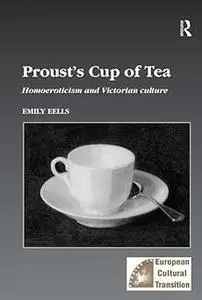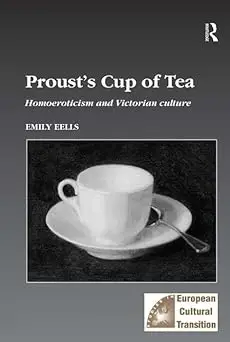Emily Eells, "Proust's Cup of Tea: Homoeroticism and Victorian Culture "
English | ISBN: 0754605183 | 2002 | 248 pages | EPUB, PDF | 3 MB + 16 MB
English | ISBN: 0754605183 | 2002 | 248 pages | EPUB, PDF | 3 MB + 16 MB
Proust's Cup of Tea analyzes Proust's reading of various Victorian authors and shows how they contributed to A la recherche du temps perdu. This book proves that British literature and art played a fundamental role in Proust's writing process by citing from the manuscript versions of his novel, as well as from his correspondence, essays and the lengthy critical appartus accompanying his translations of Ruskin. Eells reflects here on why Proust was attracted to Victorian culture, and how he incorporated it into his novel. The works of the British novelists he was most interested in-Thomas Hardy and George Eliot-address questions of gender which Proust develops in his own work. He builds Sodome et Gomorrhe I, the section of his novel focusing on homosexuality, on a series of explicit citations and guarded allusions to Shakespeare, Darwin Walter Scott, Oscar Wilde and Robert Louis Stevenson. Eells explores how Proust followed in the pioneering footsteps of those British writers who had ventured beyond the boundaries of conventional sexuality, though he took pains to erase their traces in the definitive version of his work. This study also highlights how Proust made his fictitious painter Elstir into a master of ambiguity, by modeling his art on Turner, the Pre-Raphaelites and Whistler. Eells shows that Proust drew on Victorian culture in his depiction of sexual ambiguity, arguing that he confounded eroticism and aestheticism in the way he inextricably linked the man-woman figure with British art and literature. As Proust aestheticized male and female homosexuality using references to British art and letters, Eells coins the term 'Anglosexuality' to refer to his characters of the third sex. She defines Anglosexuality as an intersexuality represented through intertextuality, as an artistic sensitivity, an aesthetic stance, and a new way of seeing. Proust's Cup of Tea thus demonstrates that Victorian culture and homoeroticism form one of the cornerstones of Proust's monumental work.
Read more



